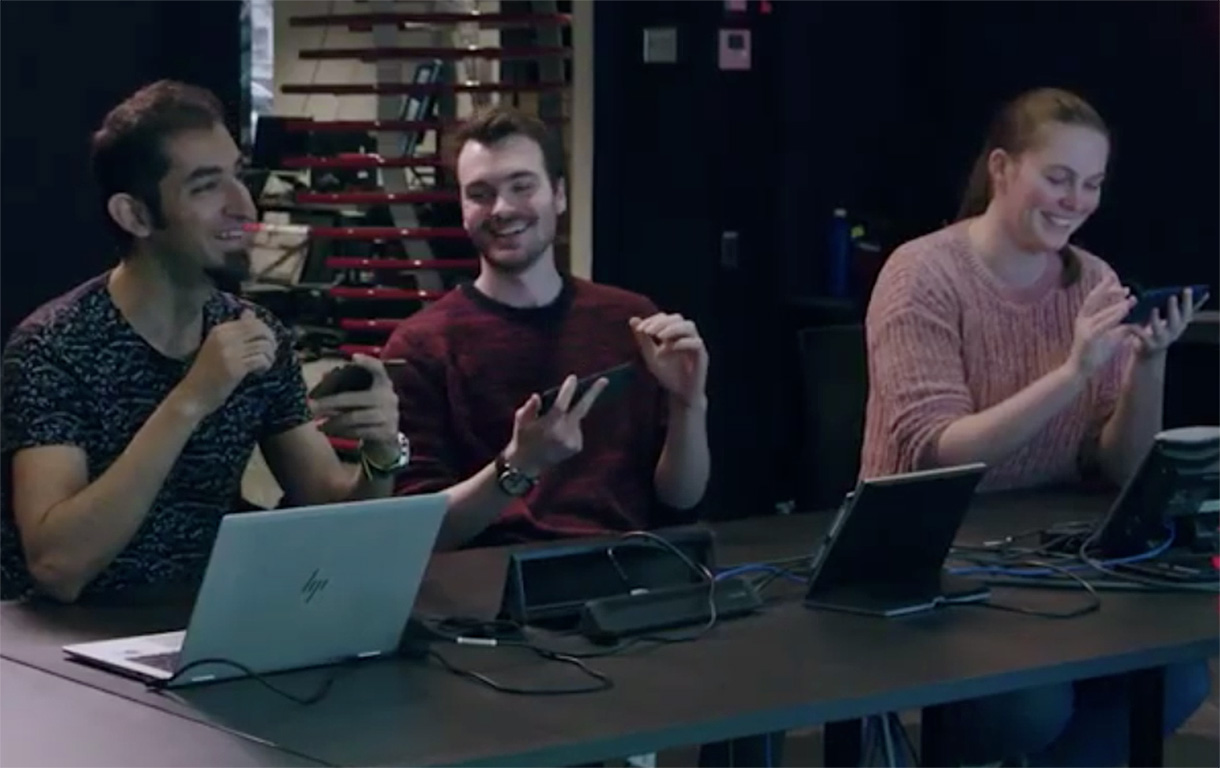Upon successful completion of the Bachelor of Information Technology (Professional), you will be equipped with the skills and knowledge required to develop information technology solutions that address contemporary societal challenges. By applying the systematic problem-solving and decision-making methodologies taught in this course, you will be able to identify, design and implement IT solutions to real-world problems, critically analyse and evaluate user and organisational requirements, and build systems that respond to these needs using software development tools, techniques and emerging technologies.
You will also develop essential skills in collaboration and communication, enabling you to work effectively within and engage with diverse teams and audiences, including both computing and non-computing personnel. You will also demonstrate integrity, ethical conduct, sustainable and culturally inclusive professional standards, including First Nations knowledges and input when designing and implementing highly effective IT solutions.
In addition to the core skills you develop throughout your studies, the professional component of this degree will enable you to integrate your knowledge in practical contexts throughout your internship, further preparing you for a challenging and fulfilling career.







